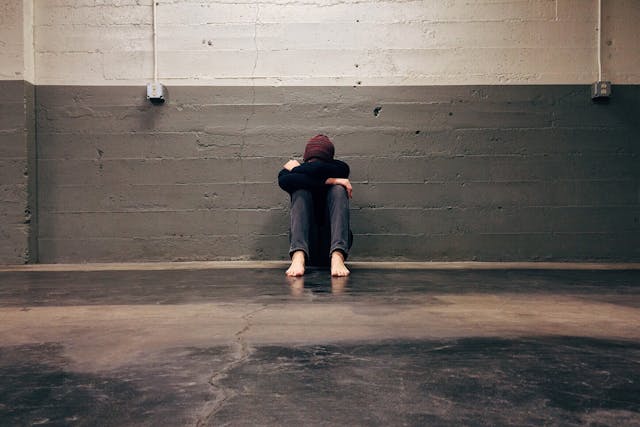Depression is a psychological problem that causes a deep feeling of sadness that lasts for a long time. This makes daily tasks such as going to school difficult.
If you have depression, you may feel constantly tired, have trouble concentrating, or lose interest in things you usually enjoy doing.
In this article, you’ll learn more about how to deal with depression. We’ll take a closer look at the different types of therapies that can help you feel better.
Additionally, you’ll learn how to seek professional assistance. If you feel you need more help, we’re here to support you and make your life easier.
What is depression?
When you feel depressed, your central nervous system is greatly affected. You can easily ignore or ignore some symptoms.
Even though most people will suffer from depression once in their lifetime, depression can occur multiple times. In these cases, symptoms occur almost daily. Some of these symptoms may include:
- Feeling sad, empty, overly emotional, or hopeless
- Feeling frustrated or angry about minor problems
- Loss of interest or pleasure in things you enjoy doing
- Trouble sleeping or sleeping more than usual
- Little to no energy, making small tasks difficult to complete
- Increased food cravings or decreased appetite leading to weight loss
- Feeling restless, agitated, or anxious
- Slow body movements, speech, and thinking
Effective treatments for depression
Cognitive behavioral therapy (CBT)
Cognitive behavioral therapy (CBT) is a treatment for psychological problems. Some of these problems may include anxiety disorders, alcohol and drug use, depression, marital problems, severe mental illness, and eating disorders.
CBT uses a variety of strategies to change thinking patterns. They include:
- Apply problem-solving skills to handle difficult situations
- Uncover the thinking distortions that cause problems and then change them based on reality
- Learn to be confident in your abilities
- Understand other people’s motivations and behaviors
Interpersonal Therapy (IPT)
IPT is another form of psychotherapy that focuses on relieving symptoms by improving interpersonal skills. It focuses on your current lifestyle and relationships rather than developmental issues.
Your therapist should be positive, supportive, non-neutral, and offer ever-changing options.
Structure of IPT
- Opening Meetings – These meetings focus on obtaining the patient’s data and deciding on areas of focus. A therapist will help you make a list of the key relationships in your life. This is called the Relationship Inventory. These relationships are then grouped into problem areas.
- Intermediate Treatment – You focus on trying to improve problem areas with the help of a therapist. You all work on developing solutions to problems.
- Final meeting – Here you review the issues identified in your relationship inventory. The therapist will then help focus on processing any feelings of loss associated with the end of therapy.
You can always find out more about depression treatment here https://timetobetter.com/depression-therapy
How to identify qualified and licensed experts?
Finding a licensed therapist is crucial to fighting depression. A qualified therapist will ensure that you dig deep into your consciousness and discover the root causes of your depression.
So where do you start? Checking the certificates will let you know if they have received the correct training. A good therapist will get good reviews. Combined with these reviews and advice from people you trust, you’ll be on the right track to recovery.
Are you feeling the symptoms mentioned in this blog? Seeking professional help can make a huge difference in your life. Please visit https://timetobetter.com/. These qualified therapists are ready to provide you with the support you need.

